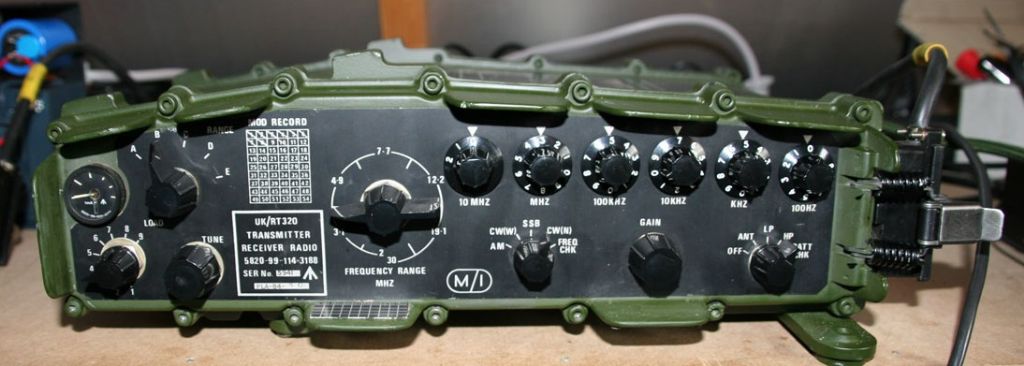Posted by Robert Atkinson 2 on 27/03/2020 13:26:01:
The GX-16 "aviation" connectors sold on ebay are not made to ny aiviation specifiction I'm aware of. …
Or any other specification, which is why I described them as 'aviation type'!
Mike Poole asked if they 'Are they a cheap copy of a quality connector or are they just a cheap and nastyish component?' I think they're just ordinary. The advantage is the plug can be screwed on to the socket which is handy when there's vibration to worry about.
Mil-spec connectors are usually well-made for a particular purpose, which makes them expensive. If your requirement isn't the same then expect to pay big money for qualities that may well be irrelevant. I remember being surprised that indicator bulbs for Navy helicopters were thirty times more expensive than the ordinary variety, which looked exactly the same. In fact the only difference was the Def-Spec demanding the bulbs to be soak tested for 30 hours and then specially packaged with a NATO stock number. Reason was, if someone was changing a difficult to get at console bulb on a jungle air-strip, they didn't want to find the package contained the wrong bulb, or that it would fail on first test. But for ordinary use, only a BF would pay for the extra reassurance. Other examples, connectors really are first class, strongly made of the best materials and heavily silver-plated. But again, rarely worth the extra money unless reliability really is mission critical.
I own a couple of transceivers, one commercial, the other military (a Clansman PRC230)

The Clansman is a truly solid bit of kit, almost bullet-proof inside a cast Aluminium case. It's simple to operate, water-proof (for minimum 2 hours at 1 metre deep), and can transmit USB/AM voice or morse code anywhere in the range 2-30Mhz, most of which is illegal. Plug in battery pack, came with a charger for use with 24V vehicles, a hand-generator, noise-cancelling headphones for use in a tank, and a device allowing the operator to work the radio from 1.5km away. (This is because people shoot at coordinates revealed by direction finding.) The frequency can be set by feel and the whole radio can be operated in pitch darkness. The morse key is near silent to prevent key clicks giving it's position away. Lastly the radio is neutral buoyancy so that it won't drown the operator if he falls into a river. (An earlier backpack radio drowned several chaps by forcing them face down into the water because it floated.) Naturally, the radio will work in the Arctic, Jungle or Sahara and on any mountain top, or in an unpressurised aircraft. It has wonderful water-proof connectors!
Although the PRC320 oozes quality and cost several thousand pounds new, it has multiple disadvantages for ordinary use. Weighing at 11kg plus it needs a fit young man to carry it any distance. The hand-generator demands plenty of stamina and upper arm strength. The noise-cancelling headphones and remote operating features are useless off the battlefield. Being able to operate the radio in the dark makes the controls slow to operate. And, because the radio is designed to work over fixed channels, it isn't frequency agile. The AM voice mode is mostly obsolete, and – for ham radio use – LSB is needed as well as USB.
In comparison, the commercial equivalent has the same receive performance, plus LSB and data modes. It's delicate and far from waterproof. But it's 3 times more powerful, frequency agile within legal limits, and physically much smaller and lighter – it weighs under 2kg.
Lesson learned, don't spend on 'quality' without confirming it's essential! It's too easy to waste good money on unnecessary features. Match the specification to a carefully considered requirement instead. Under and over-specifying are both egregious sins!
Dave
SillyOldDuffer.





